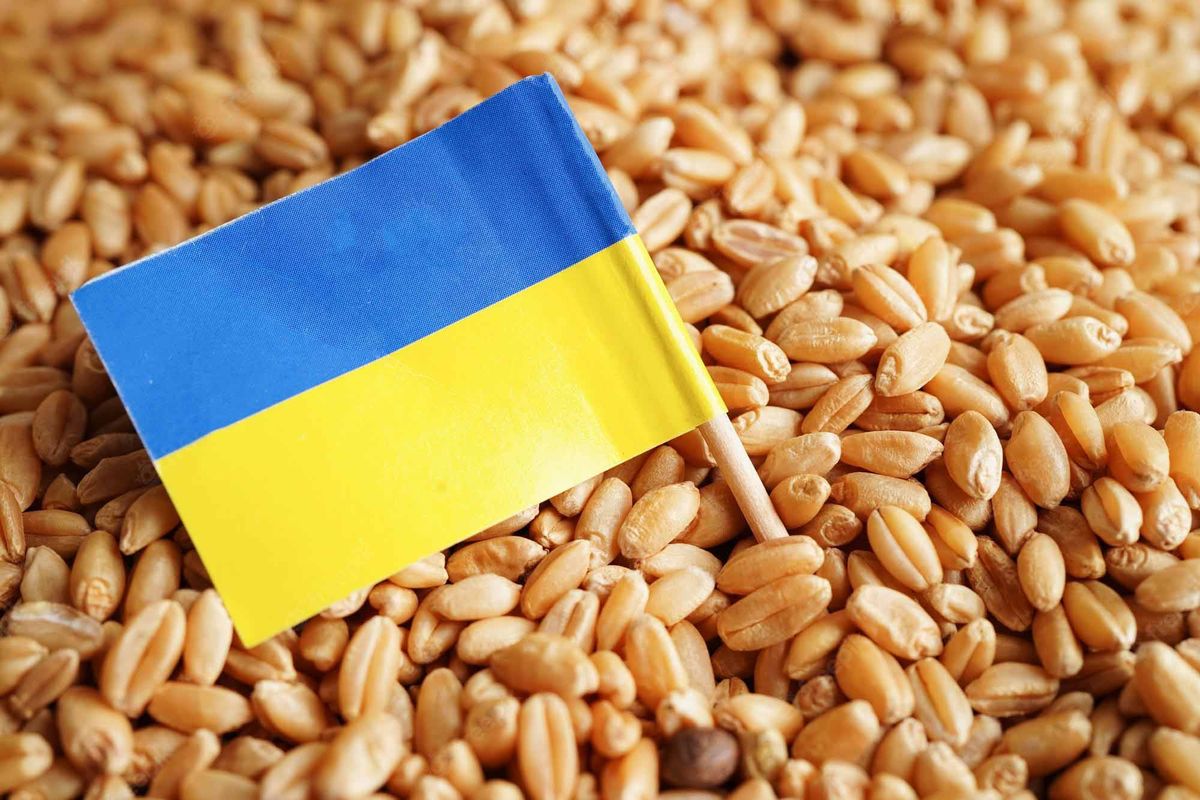Ukraine Export Accord’s Renewal Is Critical for World Grain Supplies and Prices

The fate of the Black Sea Grain Initiative — due to expire on May 18 unless it’s renewed — will largely steer the near-term direction of wheat futures prices, which have already dropped 20% so far this year.
The Black Sea Grain Initiative, first signed in July 2022, has been instrumental in restoring Ukrainian grain flows to the world by creating a safe transit corridor from three ports in the war-torn country. The United Nations was scheduled to continue negotiations to renew the deal on Friday in Moscow, amid Russian threats to withdraw from the agreement.
Russia’s invasion of Ukraine in February 2022 hit Ukraine grain exports hard. Ukraine’s wheat exports slumped to 2.5% of total global wheat trade between February and July 2022 — when the Grain Initiative was signed — compared with an average of 7.4% for the same months in the preceding five years, as seen in this Gro display. Corn exports dropped to 12.3% of the world’s total from the 19.2% historical average.
After the Black Sea Grain Initiative took effect, Ukraine’s wheat exports jumped to 11.6%, and corn exports to 17.9%, of the world’s total, in the period from August 2022 through February 2023. That was about on a par with Ukraine’s prewar grain exports for those months, underlining the importance of the Grain Initiative to world wheat supplies and import-reliant countries, including in North Africa and the Middle East, that rely on Ukrainian grain.
So far this season, Ukraine has exported 13.2 million tonnes of wheat and 17.7 million tonnes of corn. But for how long Ukraine can maintain that export pace is open to question. Production of both wheat and corn fell by 36% between 2021 and 2022, and output is expected to decline further in 2023/24 on reduced planted area. To bolster export volumes, Ukraine has been drawing down its grain stocks to bolster exports, as seen in this Gro display.
Failure to renew the Black Sea Grain Initiative could especially hit world wheat supplies, as global wheat ending stocks, outside of China, are at their lowest level since 2012/13. Meanwhile, 2023/24 wheat production in many countries is at risk from drought — the Gro Drought Index, aggregated for all the world’s wheat-growing regions using Gro’s Climate Risk Navigator for Agriculture, is at its highest level in at least two decades. While Canada’s wheat production is expected to increase, early indications are for weaker harvests in Russia, India, Ukraine, and Australia.
Read also
Wheat in Southern Brazil Impacted by Dry Weather and Frosts
Oilseed Industry. Leaders and Strategies in the Times of a Great Change
Black Sea & Danube Region: Oilseed and Vegoil Markets Within Ongoing Transfor...
Serbia. The drought will cause extremely high losses for farmers this year
2023/24 Safrinha Corn in Brazil 91% Harvested
Write to us
Our manager will contact you soon



